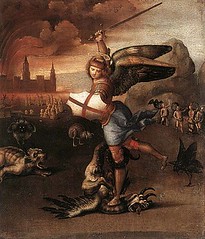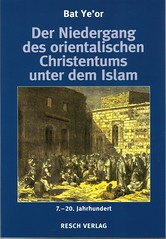Hagia Sophia had been built during the reign of the Emperor Justinian between the years 532-537 AD and was the largest church in the world. Procopius, an eyewitness to the imposing beauty of this Church of "Divine Wisdom" wrote in his book, De Aedificiis:
The inside is too magnificent to appear commonplace, too tasteful to be thought flamboyant. The brilliance and sparkle of sunlight fills it. You could almost say that it was not lit from outside by the sun, but that it generated its own light so full of light in this holy place. From the round arch rises a tremendous spherical cupola of unique beauty. It scarcely seems to rest on its solid substructure, but rather to be a golden bowl hanging free above the interior. Up there in its heights everything merges in the most incredible harmony. One thing depends on another, yet takes support only from what is immediately beneath it. Each detail guides the eye further and so over the whole. Entering the church to pray, your soul is thus conducted on high. You ascend into heaven. You feel that God is not far away and wish to linger in a place that He Himself has chosen.
The structure was so magnificent that the Ottoman Turks could not bring themselves to destroy it when they conquered Constantinople in 1453. Instead, they converted it into a mosque, replaced the cross with a crescent and added four minarets during the 15th and 16th centuries. The mosaics and frescoes that adorned the walls were whitewashed during the 16th century. The building was finally converted into a museum on Frebruary 6, 1935.
From: "Tumultuous Times - The Twenty General Councils of the Catholic Church and Vatican II and its Aftermath" by Fr. Francisco Radecki, CMRI, Fr. Dominic Radecki, CMRI




No comments:
Post a Comment